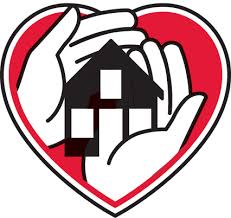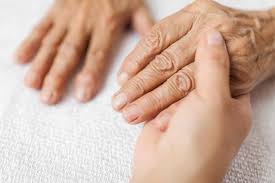Older adults can save tens of thousands of dollars annually by choosing assisted living communities over aging in place in their homes.
Unlike point solutions, Inspiren unifies resident safety, care planning, staffing, and emergency response into a single AI-powered platform.
An artificial intelligence-powered virtual assistant platform for senior living and care providers.

 No understatement, these are very difficult times for nursing homes. First off, thousands of residents have died, and
No understatement, these are very difficult times for nursing homes. First off, thousands of residents have died, and  Seniors and technology – change is in the airwaves. In ways that could not have been anticipated six months ago, the technology marketplace (sellers and buyers) for older adults is accelerating in interest level and adoption. And that is likely an understatement. Following the
Seniors and technology – change is in the airwaves. In ways that could not have been anticipated six months ago, the technology marketplace (sellers and buyers) for older adults is accelerating in interest level and adoption. And that is likely an understatement. Following the  Saving seniors from Covid-19 means worsening isolation. In an article in the NY Times, Paula Span’s title said it all:
Saving seniors from Covid-19 means worsening isolation. In an article in the NY Times, Paula Span’s title said it all:  The older adult coronavirus statistics skew toward oldest. There are more than
The older adult coronavirus statistics skew toward oldest. There are more than  Note the wave of announcements of 'free' tech services and sea changes. A number of companies popped into my inbox in the past week with announcements of a period of free access to remote care/engagement technologies – including and in alphabetical order
Note the wave of announcements of 'free' tech services and sea changes. A number of companies popped into my inbox in the past week with announcements of a period of free access to remote care/engagement technologies – including and in alphabetical order